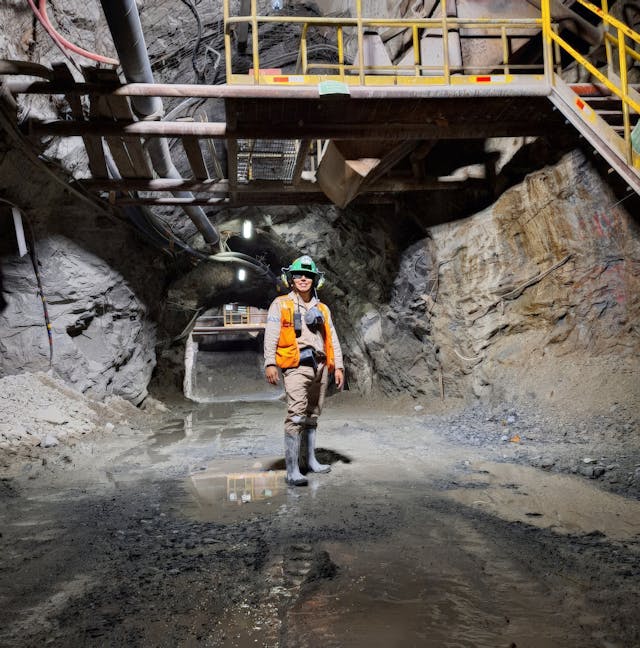Mining remains one of the world’s most hazardous industries, where even minor oversights can lead to major incidents. Traditional safety protocols are essential but often fall short in identifying hidden structural flaws or early-stage equipment failures. That’s where advanced testing technologies come in. These tools offer real-time insights, enabling teams to detect risks before they escalate. From non-destructive testing to continuous monitoring systems, they provide a smarter way to safeguard workers and maintain compliance. For safety managers and engineers under pressure to improve outcomes, embracing modern testing isn’t just a tech upgrade but also a strategic shift towards operational certainty.
Image via Pexels
The High Stakes of Safety in Mining Operations
Mining environments pose complex and constant risks like structural collapse and equipment malfunction to gas leaks and seismic activity. These are not isolated threats, they can trigger chain reactions with life-threatening consequences and millions of damage. In 2023 alone, global mining incidents led to over 1,000 lost-time injuries, many of which could have been prevented with early detection and better oversight. For safety managers and engineers, the message is clear: reactive measures are no longer enough. By adopting stronger, data-driven preventive strategies, mining operations can move beyond compliance and actively reduce the likelihood of serious failures.
What Counts as ‘Advanced Testing’?
Advanced testing in mining goes far beyond visual checks or periodic inspections. It includes Non-Destructive Testing (NDT) methods like ultrasonic, magnetic particle, and radiographic testing—each designed to detect internal flaws without damaging components. Add to that real-time condition monitoring systems, which track vibration, temperature, and pressure to flag equipment stress before it becomes a hazard. Ultrasonic inspection, in particular, is a game-changer for assessing weld integrity and detecting subsurface cracks in critical infrastructure. Together, these technologies enable a predictive safety strategy—one that empowers teams to identify issues early, reduce unplanned downtime, and optimise asset reliability in high-risk environments.
From Reactive to Predictive: How Testing Prevents Incidents
In high-risk mining environments, waiting for a problem to appear is no longer an option. Advanced testing solutions enable early detection of wear, cracks, corrosion, and stress points long before they result in failure. Real-time data from condition monitoring and scheduled NDT inspections empowers teams to address potential hazards proactively, instead of reacting after damage is done.. This shift from reactive fixes to predictive insights not only enhances safety but also extends equipment life and streamlines maintenance, delivering measurable value across the board.
Meeting and Exceeding Regulatory Standards
Mining operations are subject to some of the most rigorous safety regulations in heavy industry and for good reason. Advanced testing technologies play a critical role in achieving and maintaining compliance, offering documented insights that support ongoing certifications. Tools like NDT and real-time monitoring ensure that structural integrity checks and equipment assessments are not only frequent but verifiable and standardised. When issues are flagged early and addressed swiftly, companies can avoid costly shutdowns. More than just meeting minimum requirements, proactive testing strategies help operations set a new benchmark for safety, reliability, and performance.
Find the Testing Partner That Delivers
Not all testing solutions are built for the demands of mining. To ensure safety and performance, decision-makers should prioritise providers with industry-specific experience, proven compliance credentials, and a track record of working in rugged, remote environments.
Invest in Insight, Not Just Equipment
In mining, safety and reliability depend on more than just robust machinery, they rely on the data and foresight that advanced testing provides. By upgrading your approach, you don’t just meet regulations but you prevent incidents. Now is the time to evaluate your current systems and take the next step toward smarter, safer operations.






